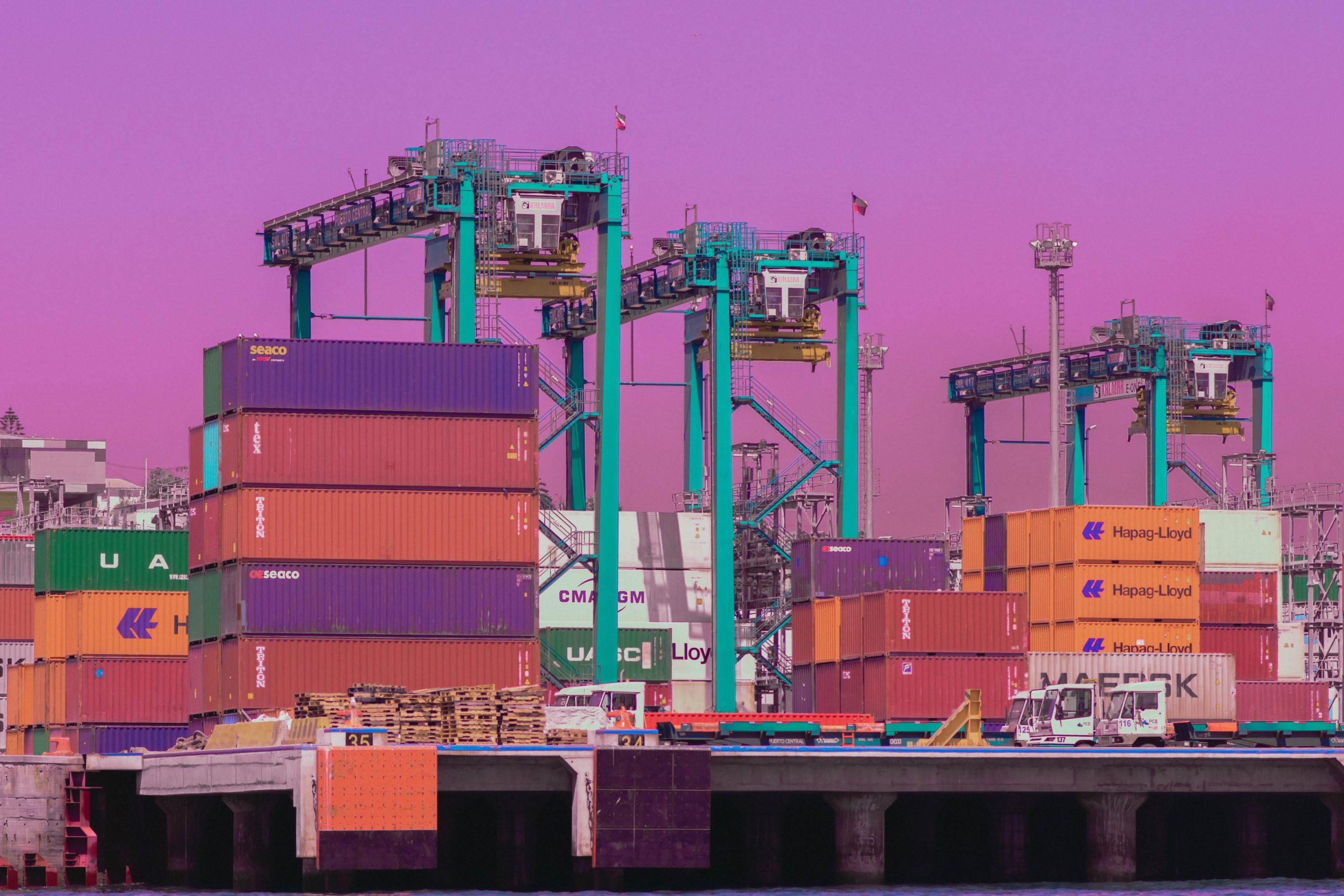A Circular Economy: The Solution for Stronger Supply Chains

Just over a week after a major offshore oil spill threatened one of Southern California’s most popular beaches, cleanup efforts continue at Huntington Beach. Officials are working around the clock to reign in the 13-square-mile oil slick created by a pipeline failure that occurred on Saturday, October 2nd.
According to the latest estimates by the U.S. Coast Guard, up to 126,000 gallons of oil were leaked into the Pacific.As of this weekend, authorities declared over 5,500 gallons of crude oil recovered by vessel and 232,500 pounds of oil debris have been removed from shorelines.
While cleanup efforts continue, new reports reveal the relationship between the oil spill and global supply chain challenges. Although the exact cause of the spill is still unconfirmed, current evidence suggests that a shipping vessel’s anchor hooked onto a segment of the pipeline, creating a tear and causing the leak.
CNN reports the incident occurred outside of designated areas where ships are typically allowed to drop anchor. However, backed up supply chains across the globe created unusually high congestion at the Port of Los Angeles and the neighboring Port of Long Beach. Between 64 to 76 container ships were waiting to dock during the period of time when the incident appeared to have happened.
Challenges Facing the Global Supply Chain
- Ongoing lockdowns and pandemic restrictions are preventing overseas suppliers from meeting demand, as factory closures and manufacturing restraints create a bottleneck.
- Global labor shortages are also contributing to production issues. Although the U.S. workforce is improving, as of August, employment is still 5 million jobs below its peak in February 2020.
- About 60% of adult U.S. consumers report significant delays or being unable to receive a product over the past 2 months due to shortages. 46% report experiencing both.
The effects of supply chain disruptions significantly impacted revenue for companies in the United States and beyond. Earlier this year, GEP (a leading provider of supply chain strategies and solutions) released the results of a survey it conducted of C-Suite executives in U.S. and European global companies.
The results indicate that nearly $4 trillion in revenue may have dissipated due to supply chain disruptions. 64% of the surveyed executives indicate that, for companies with revenue greater than USD$1 billion, the estimated loss in revenue is between 6% and 20%. One third of these companies also report a significant increase in operational costs as a direct result of changes to their supply chains.
Circular Economies as a Supply Chain Solution
The current challenges facing the global supply chain are an urgent reminder of the need to shape our economic systems in a way that encourages and supports stronger, more sustainable supply chains. A circular economy would create a regenerative system that reduces manufacturing waste and slows, closes, and narrows energy and material loops – experts believe it could be an effective solution for more resilient supply chains.
Creating a closed loop system will help reduce waste and minimize resource inputs, thus eliminating the pressure on supply chains to maintain stability during unforeseen circumstances (like the pandemic). On top of creating a more resilient supply chain, circular systems are also a needed solution to help businesses work towards a net-zero impact on the planet.
According to the Ellen Macarthur Foundation, research indicates that the circular economy will not only regenerate nature, eliminate waste and pollution, and improve biodiversity, but will also help businesses and countries grow prosperity, jobs, and resilience. According to one of the foundation’s reports, the circular economy could save European businesses up to $630 billion a year.
Global businesses are taking note and reshaping their systems and practices to reflect more circularity. Greg Skrovan, Supply Chain Manager at Intel, discussed Intel’s definition of a circular economy in an interview with Supply Chain Brain.
Skrovan says that Intel is aiming to transform its practice of “make, use, dispose” into a circular logic of “make, use, recover, reuse, reclaim.” Essentially, they are aiming to find ways for the company to repurpose any product or material if it can no longer be refurbished to be reused in the same way.
By the same logic, Nike has started refurbishing old sneakers returned by customers, which can then be resold at a lower price. Revenue results of Nike’s Refurbished program have yet to be released. However, given that the sneaker resale industry in North America is valued at $2 billion and growing, Nike stands to benefit from the support of dedicated brand followers, collectors, and self-described Sneakerheads.
Meanwhile, Coca-Cola, Colgate-Palmolive, and Unilever joined the InBev 100+ Accelerator – a global incubator program launched in 2018 that focuses on helping partners fund and pilot programs that aim to apply circular economy principles in order to solve supply chain challenges and improve impact on the planet. So far, the start-ups under the 100+ Accelerator have developed solutions for green cleaning, water and energy conservation, waste collection, recyclable vehicle batteries, solar thermal systems and more.
There is no limit to the number of industries that could benefit from the solutions presented by the circular economy. Between increasing profit margins and decreasing impact on our ecoysstems, circularity is a win-win for businesses, consumers, and the planet.


Leave a Reply